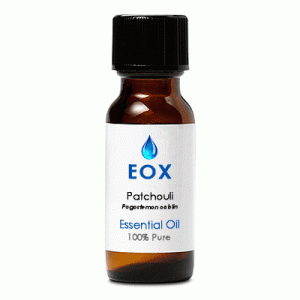|
Characteristics:
An amber or dark orange viscous liquid with a sweet, rich, herbaceous-earthy odor that improves
with age. It blends well with labdanum, vetiver, sandalwood, cedarwood, oakmoss, geranium, clove bud,
lavender, rose, neroli, bergamot, cinnamon bark, myrrh, opopanax, clary sage, and oriental-type bases.
Principal Constituents: These are naturally occuring in the essential oil.
- patchouli alcohol
- pogostol
- bulnesol
- nor patchoulenol
- bulnese
- patchoulene
General Actions:       Open Symbols Key
Open Symbols Key
Antidepressant, anti-emetic, antiphlogistic, antitoxic,
aphrodisiac, astringent, carminative, cicatrizant, deodorant, digestive,
diuretic, febrifuge, fungicidal, prophylactic, stimulant, stomachic, tonic.
Safety:

Non-toxic, non-irritant, nonsensitizing. Internally toxic.
Primary Therapy Agent:
Chapped and cracked skin, eczema, irritated and inflamed skin, frigidity, nervous tension, stress-related
conditions.
Secondary Therapy Agent:
Chapped and cracked skin, eczema, irritated and inflamed skin, frigidity, nervous tension, stress-related
conditions.
Important Note: The information on Florapathics.com is
only provided for educational purposes, and further research should be done on each essential oil to be assured
of its proper usage for each individual. Aromatherapy is not meant to be a replacement for care under a qualified
health professional, but should be considered a complimentary modality.
|











